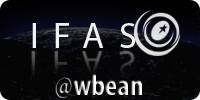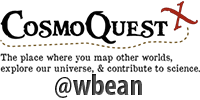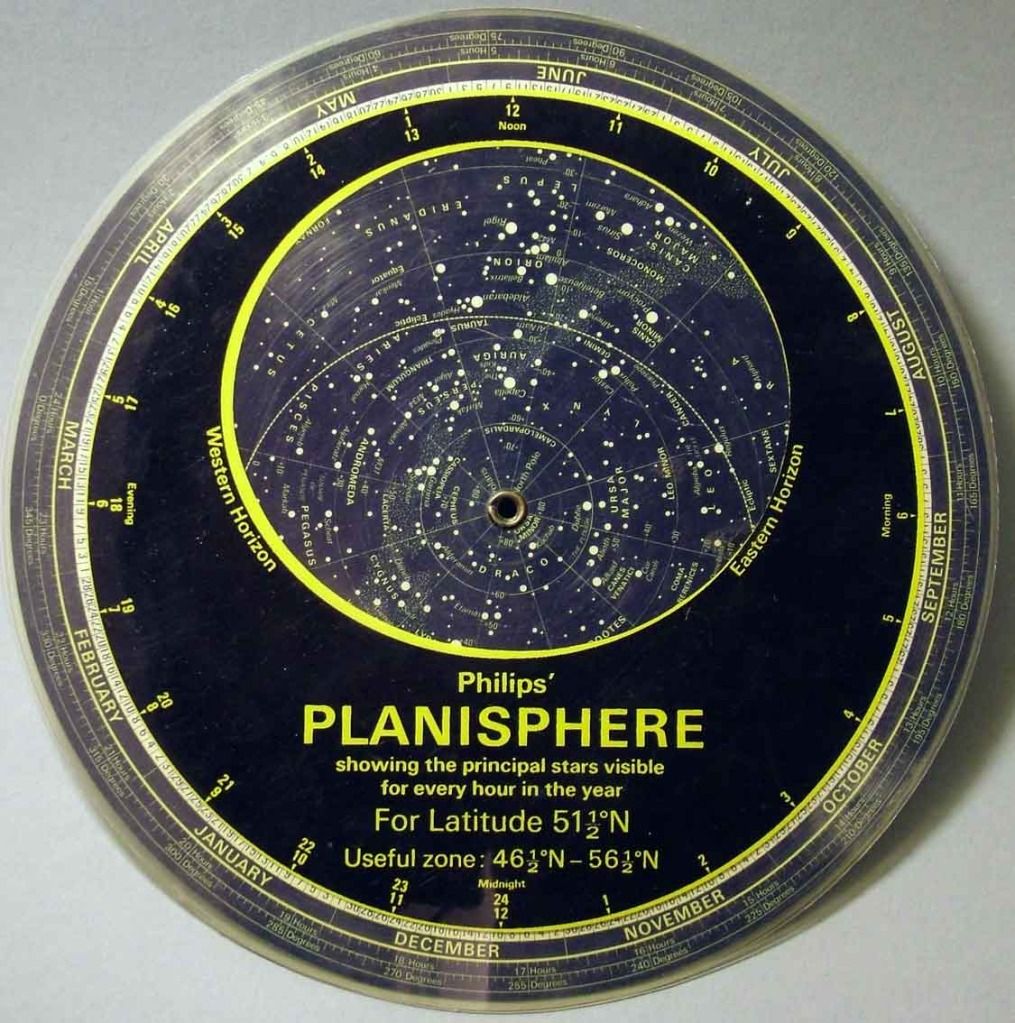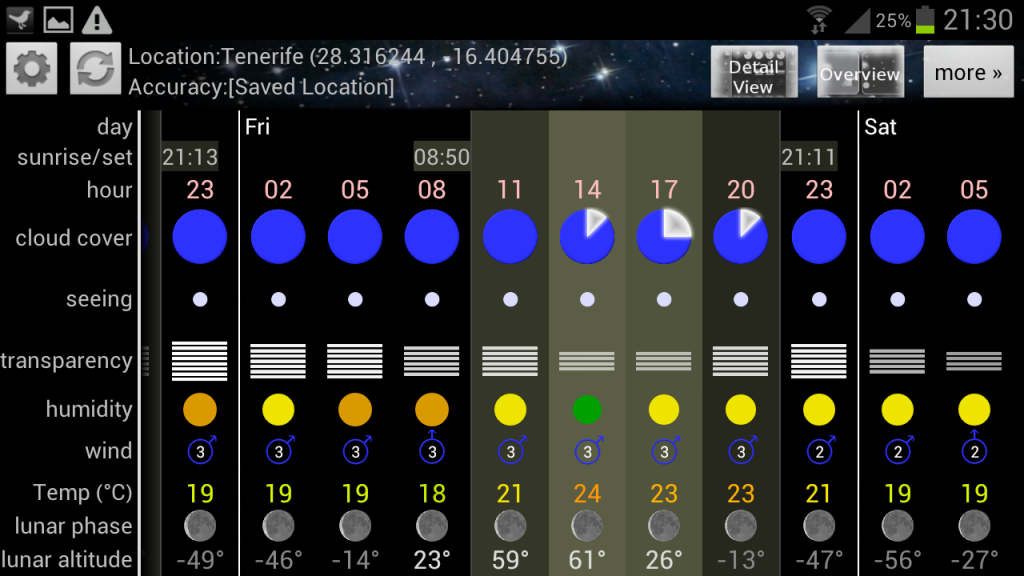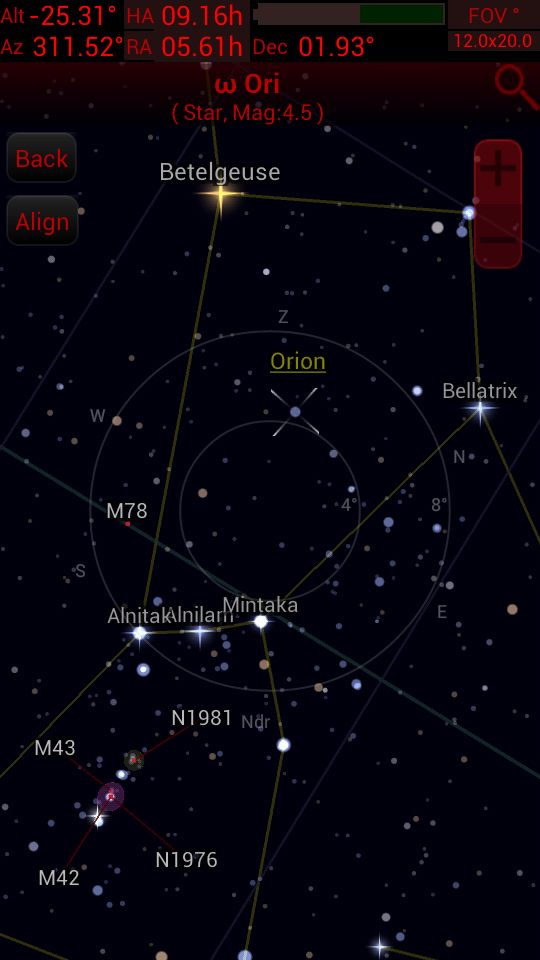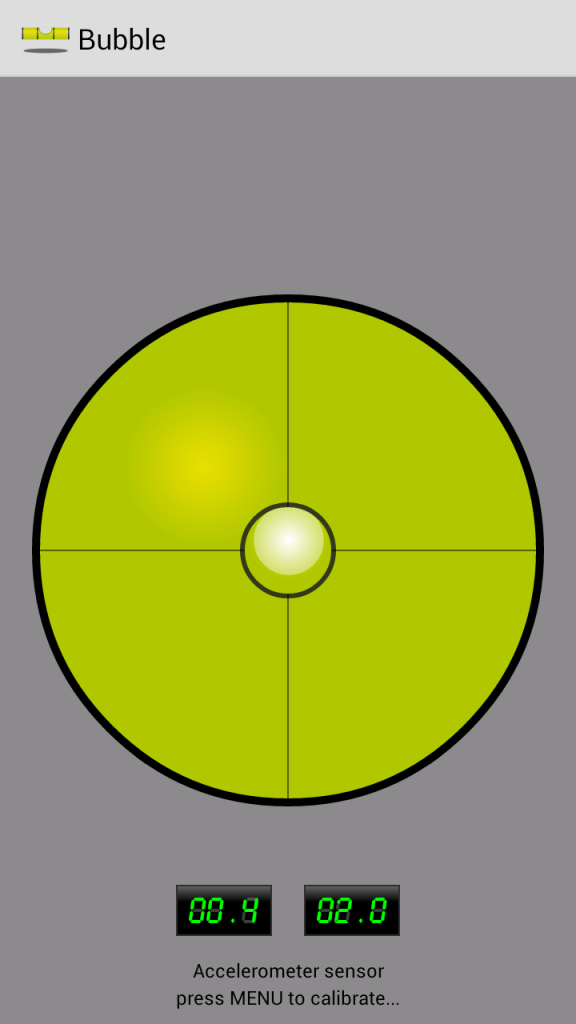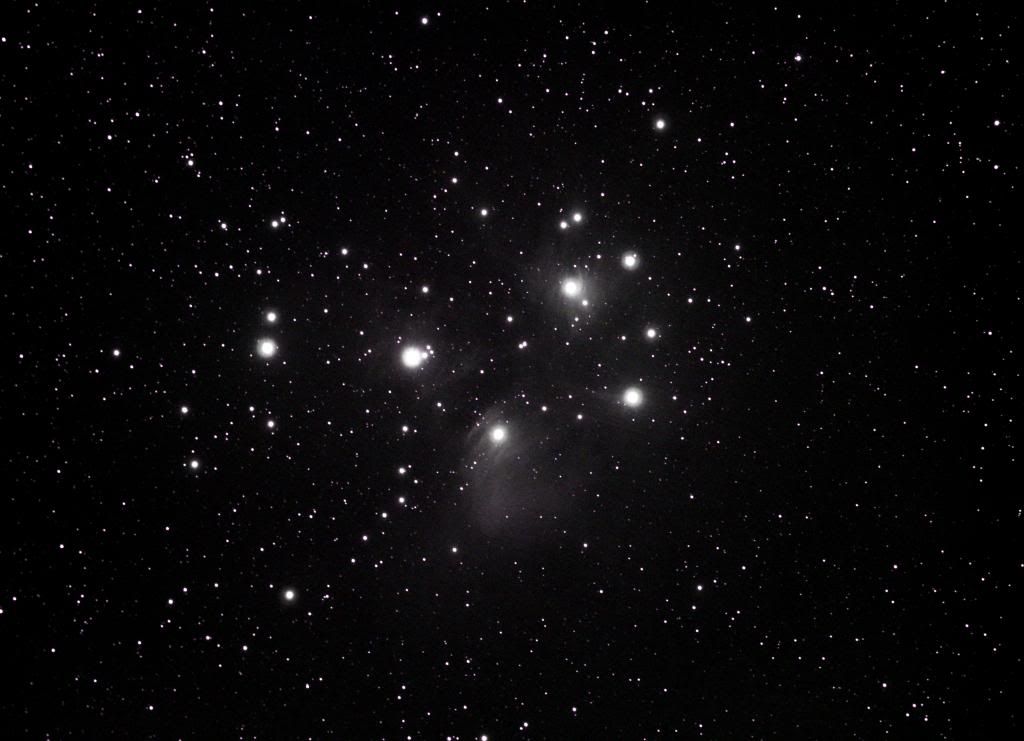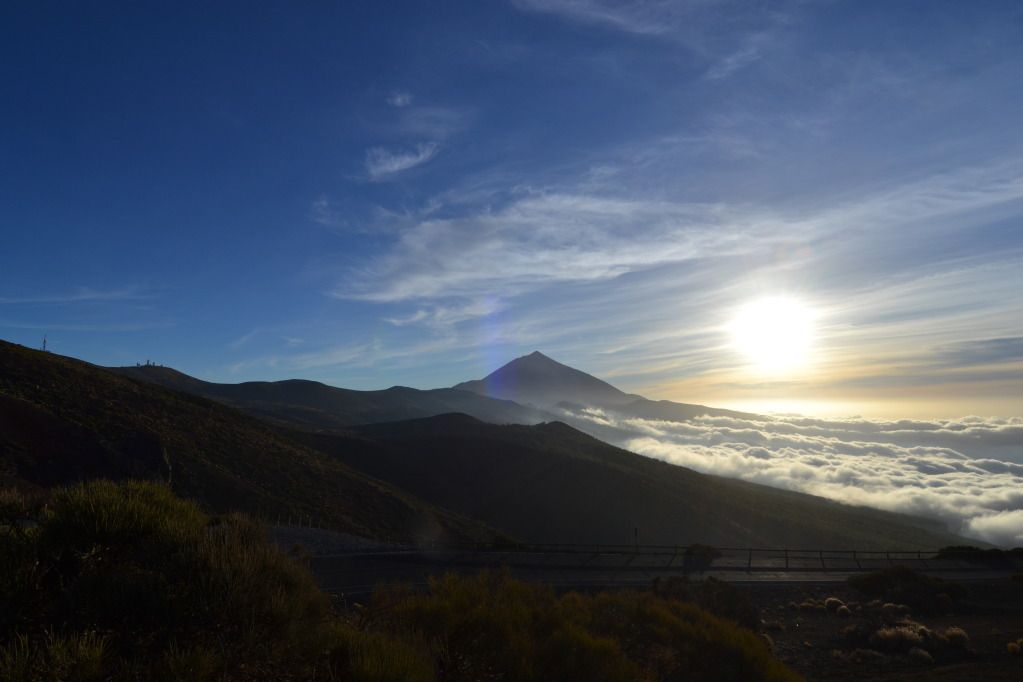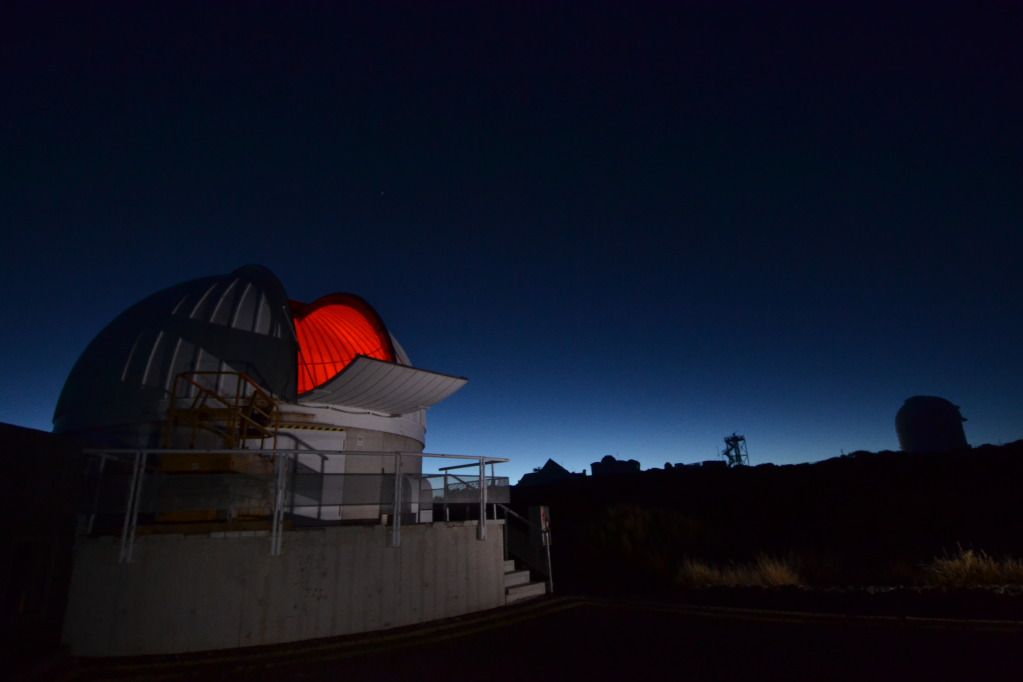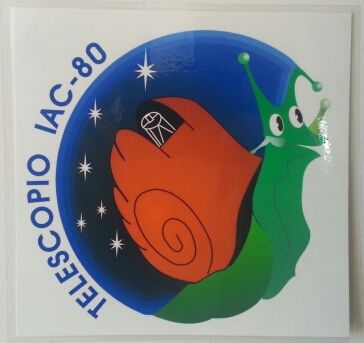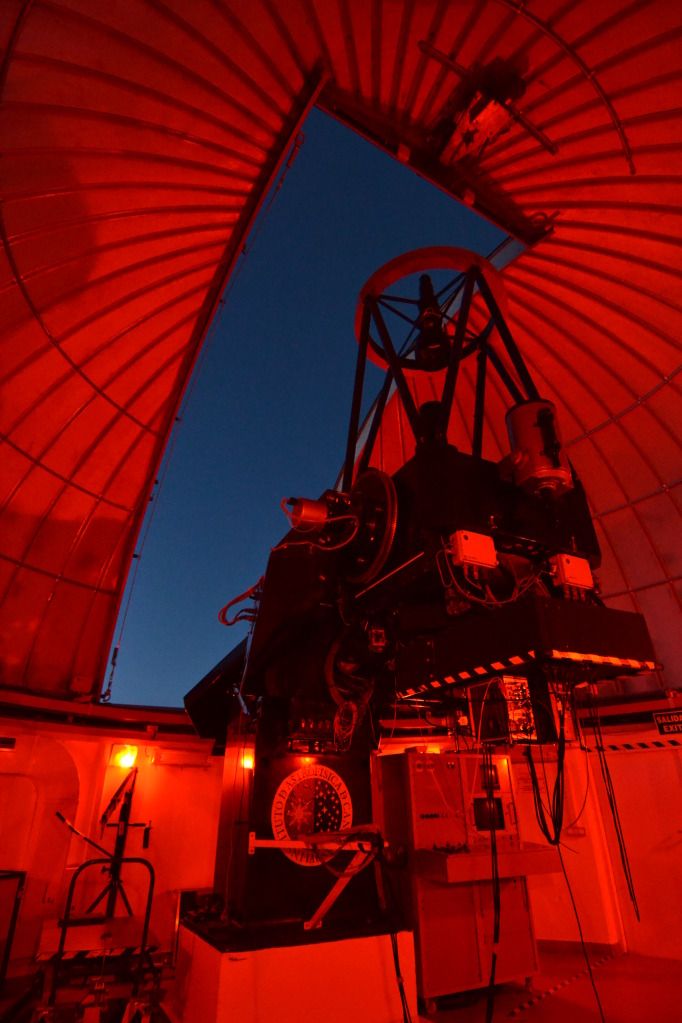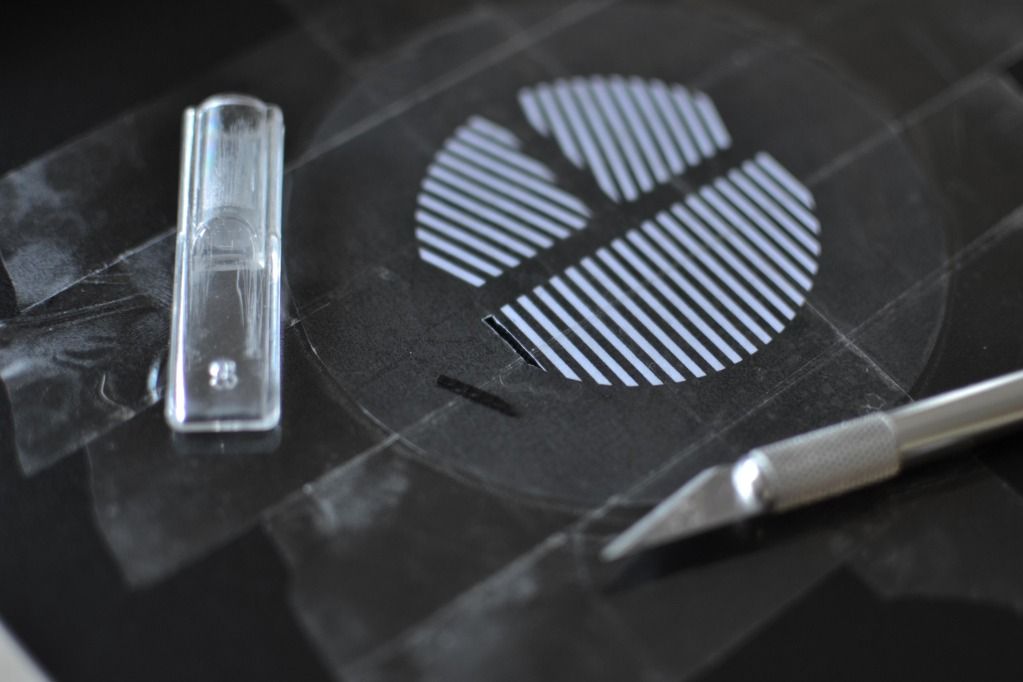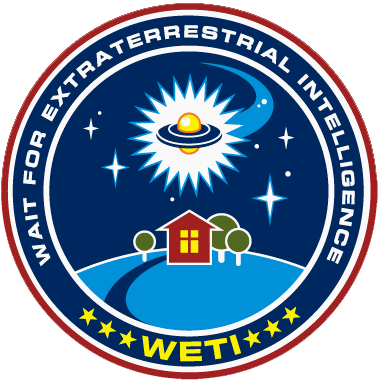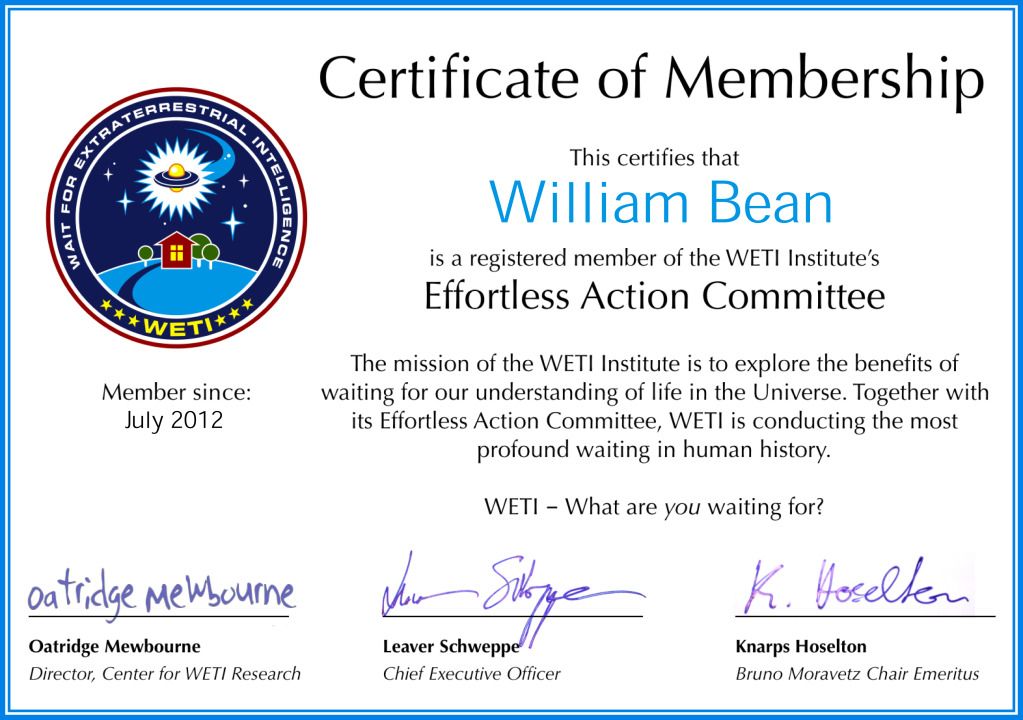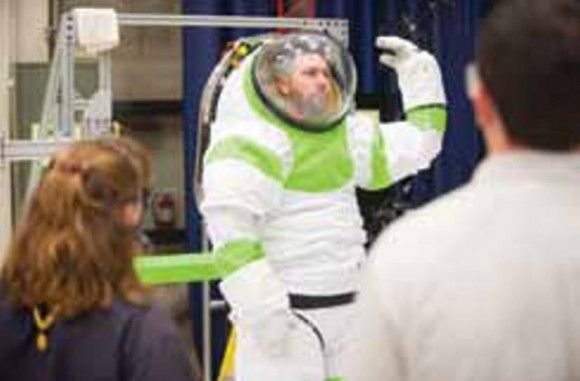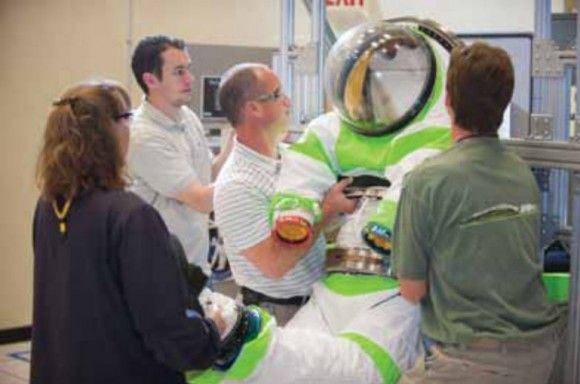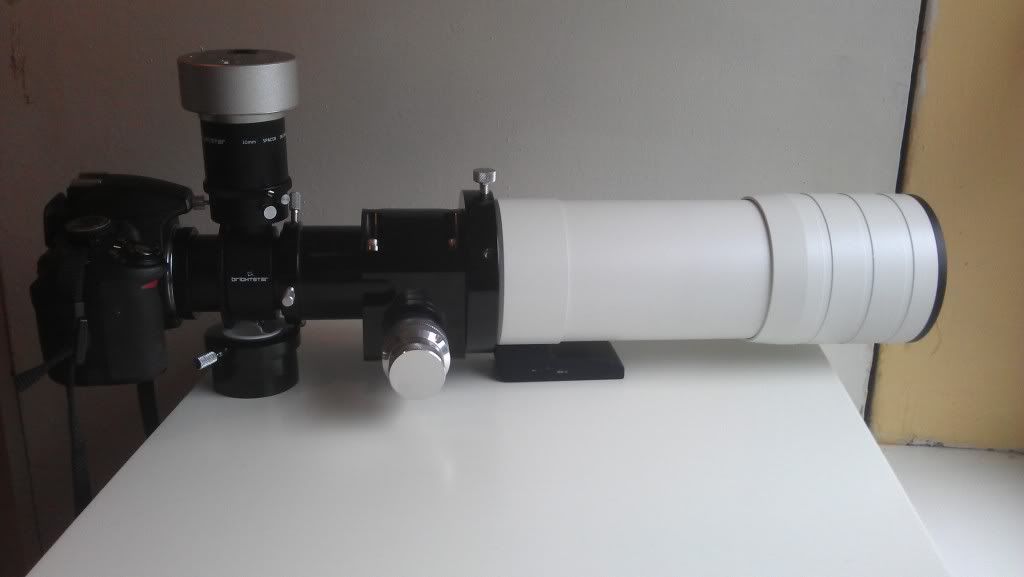I've only been an amateur astronomer for the best of a year and as I predicted, quickly began doing astrophotography. The one thing I've learned, is that focusing your imaging telescope is one of, if not the most important part of the process.
Whether imaging with a reflector, cadadioptric, beginner achromatic refractor or a €3000 apochromatic refractor, your images will suffer if the focus is not perfect. My own results have been hit and miss so far, as I've been focusing by eye, and trial and error.
To make the process easier and more accurate, I studied up on
Bahtinov masks. Invented by Pavel Bahtinov, the Bahtinov mask is a focusing aid for use with all telescope types. These can be purchased custom made for your particular telescope, but depending on aperture size, it's just another expense that can be avoided by making one yourself.
So I did!
Things you'll need:
- Sharp knife (Stanley or artists knife)
- Transparent tape
- Electrical tape (Or any strong tape)
- Your printed Bahtinov pattern
- Plastic binder cover (Or other strong plastic material)
- A lid or circular object (Preferably 1-2cm larger than the overall scope diameter)
1. Get your Bahtinov mask pattern.
There is a very useful Bahtinov mask pattern generator over at
astrojargon. It's pretty self explanatory and most applications will only need a few of the parameters adjusted. The important things are focal length, aperture, and edge thickness. Subtract the aperture from the overall diameter of the scope to get the edge thickness. If the mask is for a reflector or cassagrain type telescope, you can add a value for the central obstruction diameter. Make sure you check the box next to "Scale to 72 DPI" to insure it prints to scale.
Press generate and print your Bahtinov mask pattern to scale.
2. Cut out your Bahtinov pattern with your knife.
3. Trace a circle onto your plastic binder cover.
I used the lid of a tub which was about 1.5cm larger than my scopes diameter.
4. Center your Bahtinov pattern cut out in the circle you traced on your plastic binder cover. Secure it with the transparent tape.
5. Using your knife, cut out the slits from the Bahtinov pattern. Make sure you cut all the way through the plastic binder cover.
6. When all the slits have been cut out, you can remove the tape and the printed Bahtinov mask pattern.
7. Using the space between the larger outer circle you traced, and the edge of the Bahtinov mask print, draw and cut out some support spokes. You can now cut the whole mask from the plastic binder cover. Cut out a length of plastic and connect both ends to form a band, the diameter of the scope.
8. Fold the spokes down over the band of plastic and tape it down with the electrical tape. I chose red tape because I thought it looked pretty awesome.
You now have a fully functional Bahtinov mask to focus your telescope with. Here is a photograph of mine, attached to my William Optics Megrez 72.
So it looks great, but how does it perform when actually focusing the scope? The sky was cloudy, so I didn't have any stars to test it on. However, some distant street lamps will work just fine for our testing purposes. Below is a photograph of the aligned diffraction spikes, indicating good focus, and a photograph of the scene I used with the mask.
And an enlargement of that shot:
As you can see, the Bahtinov mask has helped me successfully focus my telescope very accurately. I hope you enjoy following my tutorial as much as I enjoyed putting it together.
Clear skies and happy imaging!
